Common Issues & Inspection Tips for Condo Flooring & Hardwood, Walls, Windows and Interior Doors
If you're purchasing a brand new condo or gutting a rehabbed unit, and you're going to be the first person living in it, the condition of your condo components should be perfect (unless you agree otherwise).
The following article the Chicago condo inspection concerning issues with hardwood / floating / tiled / carpeted / vinyl floors, windows, doors and wall surfaces may be considered as cosmetic (at least parts of it).
Although, some of the described conditions may be a result of an already corrected problem, other are evidence of an existing one. In both situations, if you’re purchasing a brand new condo or gutting a rehabbed unit, and you’re going to be the first person living in it, the condition of your condo components should be perfect (unless you agree otherwise, a good example would be purchasing of a model unit).
Condo Floors
Condo hardwood floors scratches Hardwood floor scratches are only a cosmetic issue and depending on the depth / damage extent, floor might require buffing or sometimes sanding and re-coating with a varnish or other finish layer.
Crowning and cupping of the hardwood floor Look at the hardwood floor surface from a as far as you can at daylight having observed area between you and the windows / glass doors providing lots of light. If space is limited, lower your eye level to 2′-3′ above the hardwood floor surface and look for distortion. If daylight is limited, use a bright flashlight or some other source of light and shine it on the floor surface.
The hardwood floor surface should be smooth, without major distortions. If you notice that individual boards center sections are higher than the edges, the condition is called Crowning.
- Crowning is caused by moisture imbalance, usually when top surface of the hardwood floor boards is exposed to excessive amount of moisture – plumbing problems, overhead sprinkler system, high humidity levels before the floor surface was sealed. Another cause might be sanding of the previously deformed (cupped) floor before it was completely dry.
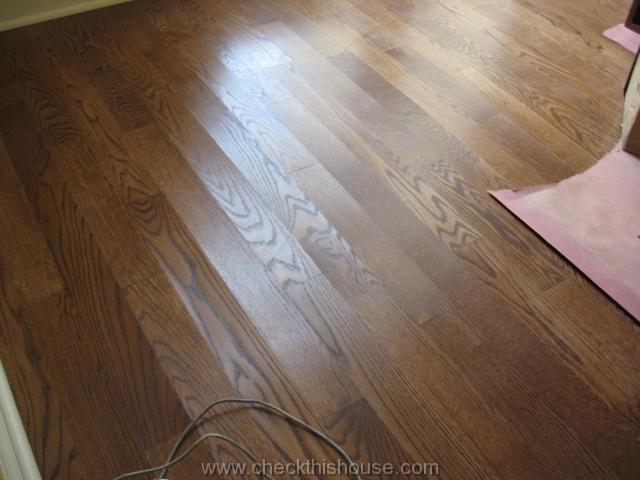
If the center of the observed hardwood floor board is lower than the edges, the condition is called Cupping.
- Cupping usually happens when the bottom of the wood flooring receives excessive amount of moisture making it wetter than the top surface. Pay close attention to the hardwood floor surface in the kitchen, bathroom or / and in the areas surrounding water using appliances, along the exterior doors and windows.
If your condo hardwood floor covered area is located below or at the ground level (duplexes, garden units, etc.) check entire surface. If the drainage system around the property has not been properly installed (or sometimes might not be there at all), even small amount of moisture transferred though the foundation wall or concrete slab underneath the condo hardwood floor may affect areas along the exterior walls, or even the entire hardwood floor.
The solution to this problem is not cheap and easy, depending on the severity might involve installation of the drainage system, replacement of the floor boards and new underlayment. Definitely a condo hardwood floor condition to complain about, especially with a possibility of mold growth underneath the surface.
Separating hardwood floor boards – this might be simply caused by moisture imbalance during the cold season (the most comfortable humidity level is 35%-50%). Most of the gaps will disappear during the summer, with elevated humidity. Other reasons are poor quality of the material used for the installation or / and workmanship.
Condo carpeting
Stains, tears, loose sections, uneven seams, buckling, unfinished along the thresholds. All that is self explanatory, and if it should be considered brand new – how come it doesn’t look like a brand new installation – go ahead and complain!
Condo vinyl floors
Watch for discoloration, stains, uneven installation, gaps between tiles or sheets of vinyl, glue on surface, loose tiles, buckling areas, etc.
Condo tiled floor (ceramic, stone, etc.)
Walk on tiles and listen for unusual noises / feel for loose spots
Watch for cracked grout joints – they are a result of an improper installation (inadequate mortar base, improper type of mortar / underlayment combination, improperly prepared grout mix, unstable floor framing)
Tap tiled surface in cracked grout lines area – hollow sounding tiles might crack under pressure / when you step on them (or they might be already cracked) and the only solution is to replace them
Condo floating floor
There are several different types of floating floors currently available on the market, and since you can only see the finished surface, concentrate on quality of the installation. Watch for gaps between the planks, examine areas along the baseboards and around floor penetrations, look for dented and chipped surface. The floor is floating / not secured to the underlayment so if you’ve never walked on such surface, it might feel … different.
Floating laminated floors with self locking type tong and groove don’t require glue along the edges to hold them together (if you notice gaps between the planks – there is a problem with installation). However, in areas with a possibility of moisture / water intrusion, floating floor planks must be installed with edges glued together.
Otherwise, the edges will start swelling from moisture they are exposed to – this is not a reversible process and damaged planks will require replacement.
Check the surface of your new floating laminated floor in front of the sink, dishwasher, refrigerator, bathroom, laundry, etc.
Condo walls & ceiling inspection
Look for discoloration or damage on the ceilings and walls, especially in bathrooms/ kitchens, laundry, furnace / utility rooms. It might be a plumbing problem in the condo directly above your unit or maybe a leaking roof if you have a top floor. There is always a chance of mold growing on the back side of the stained surface, especially if it is an active leak.
- For garden units and walls below the ground level check for any moisture stains, discoloration and / or unusual residue along the lower sections of the exterior wall and on the baseboards surface.
- Small stress cracks and fractures are very common issue and usually caused by contraction / expansion of the framing, building settlement … and of course poor workmanship. Most of the developers offer a 1 year warranty on such things, and (if asked) at the end of that period come back to perform repairs. Don’t be surprised if cracks will re-appear during the cold season, some areas, especially above wall penetrations (like windows, doors) are more sensitive and single repair won’t be enough. If it’s only a hairline crack, there’s usually nothing to worry about, but again – it’s a brand new condo.
- Uneven wall and ceiling surface – yes, it should be straight, flat, without distortions. Depending on how bad it its and how much it bothers you can try to negotiate …
Condo windows inspection
Condo Windows
- Check each condo window by opening and closing it (they should operate smoothly), try engaging window locks, ensure that screens are present and intact. Watch for cracked glass in regular and glass block type windows.
Look at the window frames corners for stress cracks (vinyl windows). They tend to develop on window frames that are too large / too tight in the window wall opening, or sometimes have been installed damaged.
Check along the frames / on window interior sills for leakage stains, and / or damage. In some cases the exterior caulking / finish trim or building elevation components are the source of water and moisture penetration.
- Look inside the bottom part of the frame (slider type or double hung type windows) for standing water – exterior drains could be clogged with caulking.
Condo interior doors inspection
- Close each door and check the gap between the door frame (door jamb) and the door itself. It should be uniform along the top and both sides (check inside and outside of the room). For as long as it is opening and closing without touching the door jamb, it’s cosmetic.However, if it is almost touching the frame while tested, with some extra humidity you might not be able to close it any more and servicing will be required- adjustment or shaving.
- After closing the door, try to push it inwards without moving the handle to make sure that the door lock and a striker plate have been properly aligned and holding.
- Check if the door locks have been installed on the proper side
- Check for door stops at the base of the door or on hinges. Make sure that they are adjusted properly so the door handle doesn’t hit the wall. Also, if there’s no door stops installed, be careful with a push button type door locks – it will engage itself when pushed against the wall.
With central forced air heating system and single air return installed in your condo (no individual air return ports in the rooms) the doors leading to various sections of your condo should have a 3/4″ clearance above the finished floor surface to provide positive air circulation. This will help to evenly distribute air and equalize temperature through the apartment.
This pretty much concludes condo floor, walls, windows and interior doors inspection.



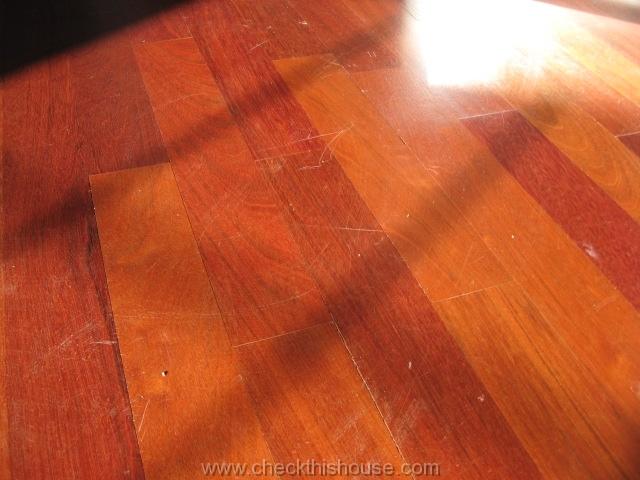
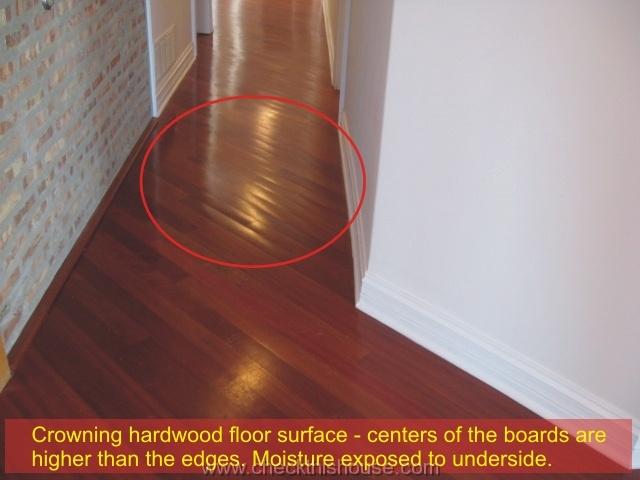
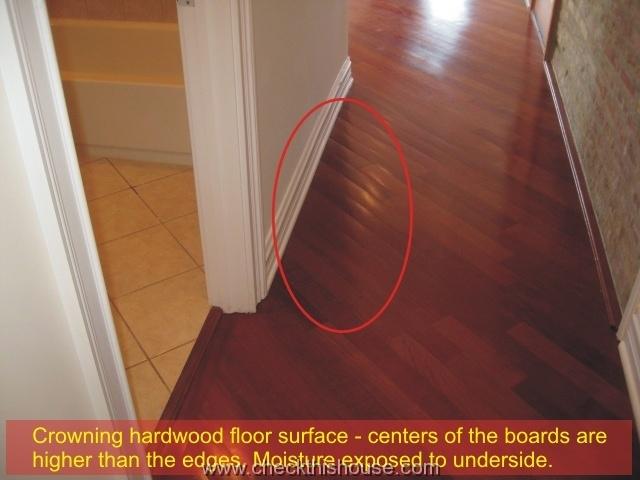
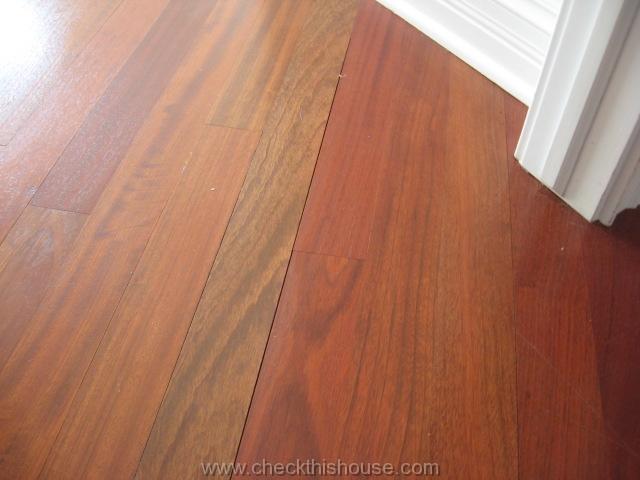
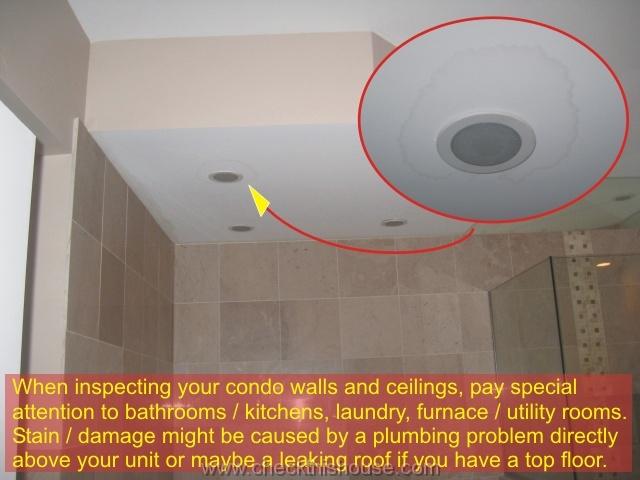
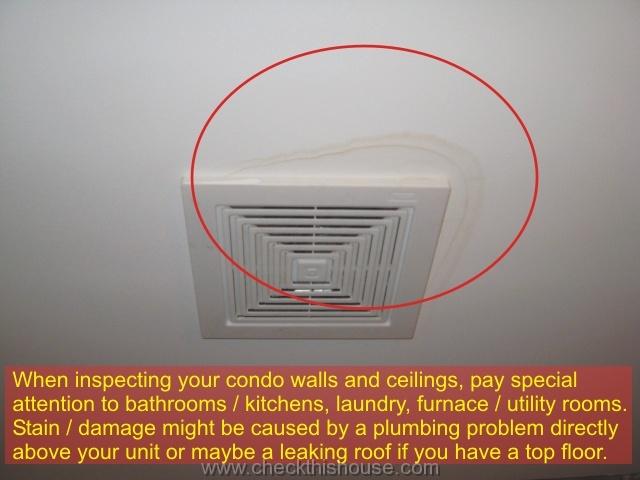
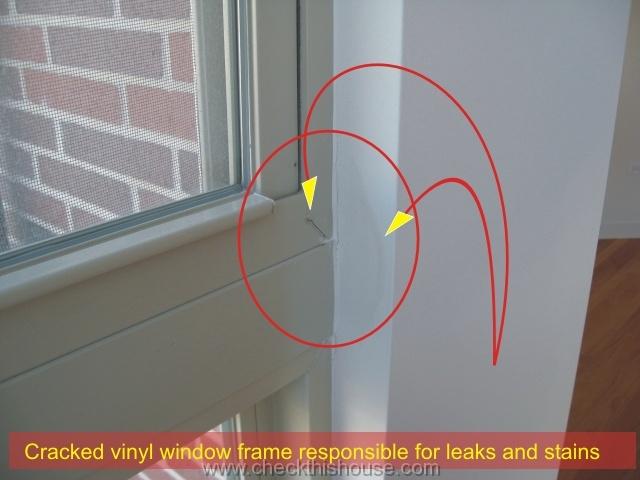
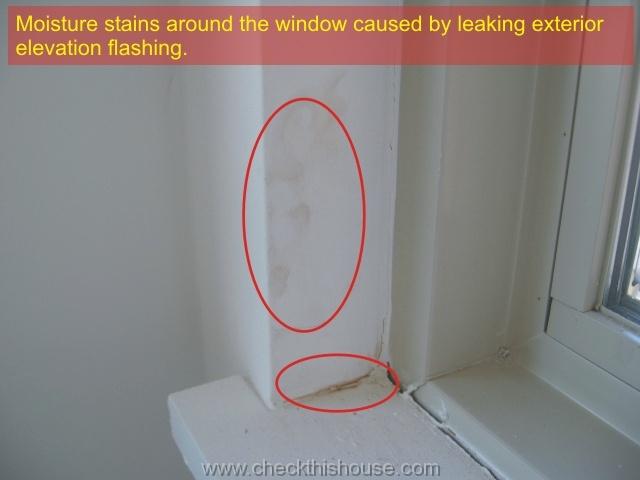
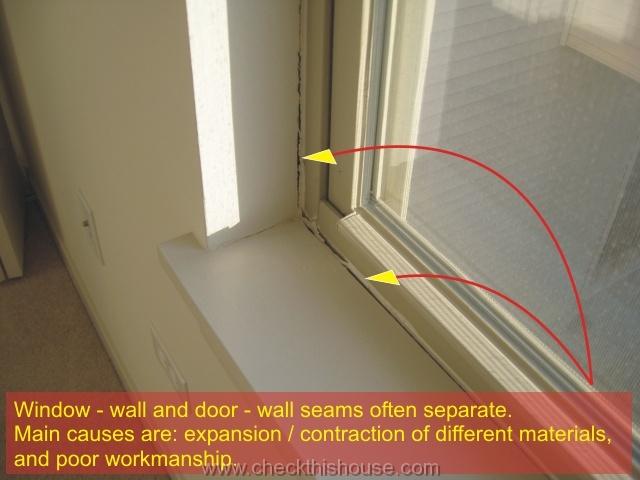
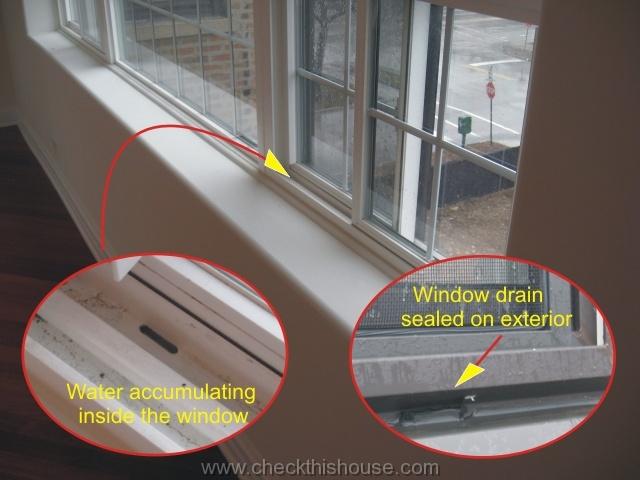
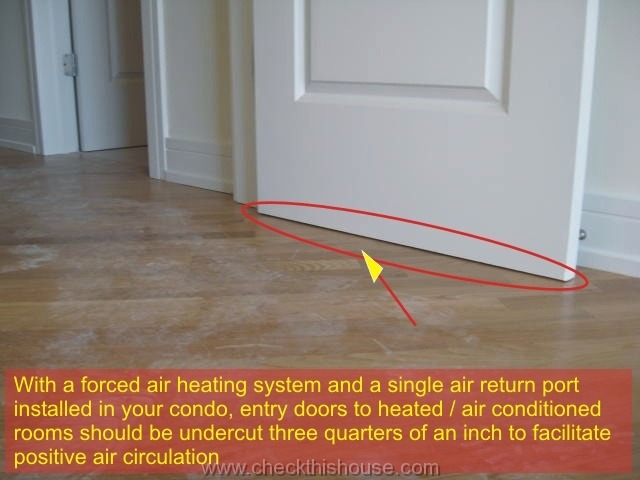
Comments are closed.